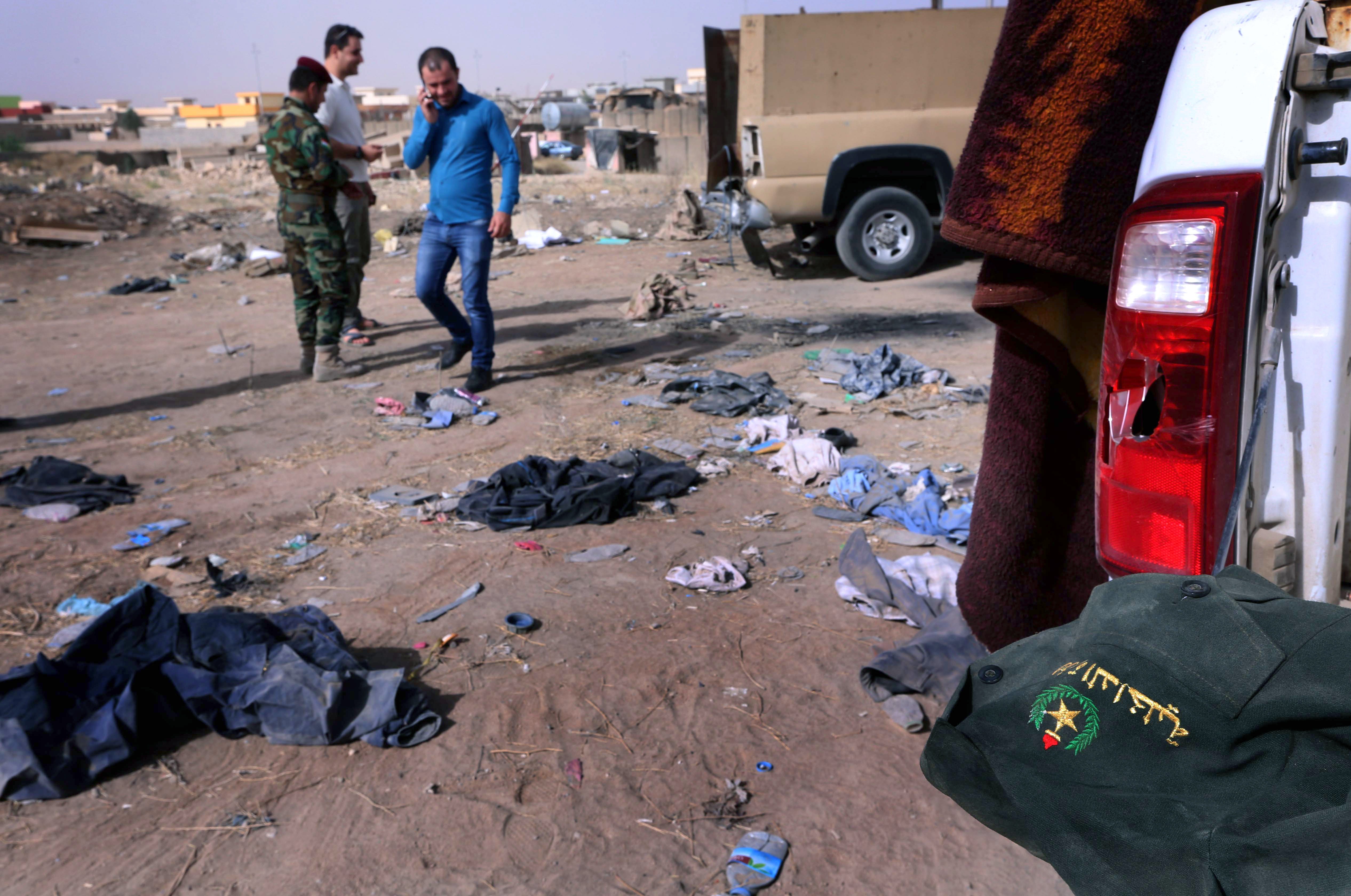
Another city fell today in Iraq. After the government lost Mosul yesterday, Tikrit went to the Islamists today and Baghdad may not be far behind. The U.S. vision of Iraq is lost.
Minnesotans might not be able to pick the cities out on a map, but we know the names because that’s where soldiers from the state died.
Cpl. Andrew Kemple died in February 2006 in Tikrit. In the summer of 2005, Michael Fasnacht of Janesville died there. That fall, Elden Arcand of Forest Lake was killed in Mosul. Patrick D. Dorff of Elk River gave his life in Mosul in January 2004 when his helicopter plunged into the Tigris River.
They were all there to give the people of Iraq a chance after the destruction caused by the mistaken U.S. invasion of the country in search of weapons of mass destruction that never existed. They were given it, thanks in part to the deaths of 4,489 American soldiers, and the sacrifices of another 32,000 who were wounded.
But, this part of today’s Guardian story on the unfolding disaster reveals, it didn’t work:
Iraqi officials told the Guardian that two divisions of Iraqi soldiers – roughly 30,000 men – simply turned and ran in the face of the assault by an insurgent force of just 800 fighters. Isis extremists roamed freely on Wednesday through the streets of Mosul, openly surprised at the ease with which they took Iraq’s second largest city after three days of sporadic fighting.
The U.S. invested $14 billion to train the Iraqi troops. And still, 30,000 “trained” soldiers were unwilling to fight 800 people.
State of Iraq and Syria (ISIS) took the looted weapons — provided by the United States — and sent them back into Syria, after destroying the border between the two countries.
This, Dexter Filkins of the New Yorker writes today, is the American legacy in Iraq.
When the Americans invaded, in March, 2003, they destroyed the Iraqi state—its military, its bureaucracy, its police force, and most everything else that might hold a country together. They spent the next nine years trying to build a state to replace the one they crushed.
By 2011, by any reasonable measure, the Americans had made a lot of headway but were not finished with the job. For many months, the Obama and Maliki governments talked about keeping a residual force of American troops in Iraq, who would act largely to train Iraq’s Army and to provide intelligence against Sunni insurgents. (They would almost certainly have been barred from fighting.)
Those were important reasons to stay, but the most important went largely unstated: it was to continue to act as a restraint on Maliki’s sectarian impulses, at least until the Iraqi political system was strong enough to contain him on its own. The negotiations between Obama and Maliki fell apart, in no small measure because of a lack of engagement by the White House.
Today, many Iraqis, including some close to Maliki, say that a small force of American soldiers—working in non-combat roles—would have provided a crucial stabilizing factor that is now missing from Iraq.
Sami al-Askari, a Maliki confidant, told me for my article this spring, “If you had a few hundred here, not even a few thousand, they would be cooperating with you, and they would become your partners.” President Obama wanted the Americans to come home, and Maliki didn’t particularly want them to stay.
“The scale of the catastrophe,” the Christian Science Monitor’s Dan Murphy writes, “can’t be overstated.”
